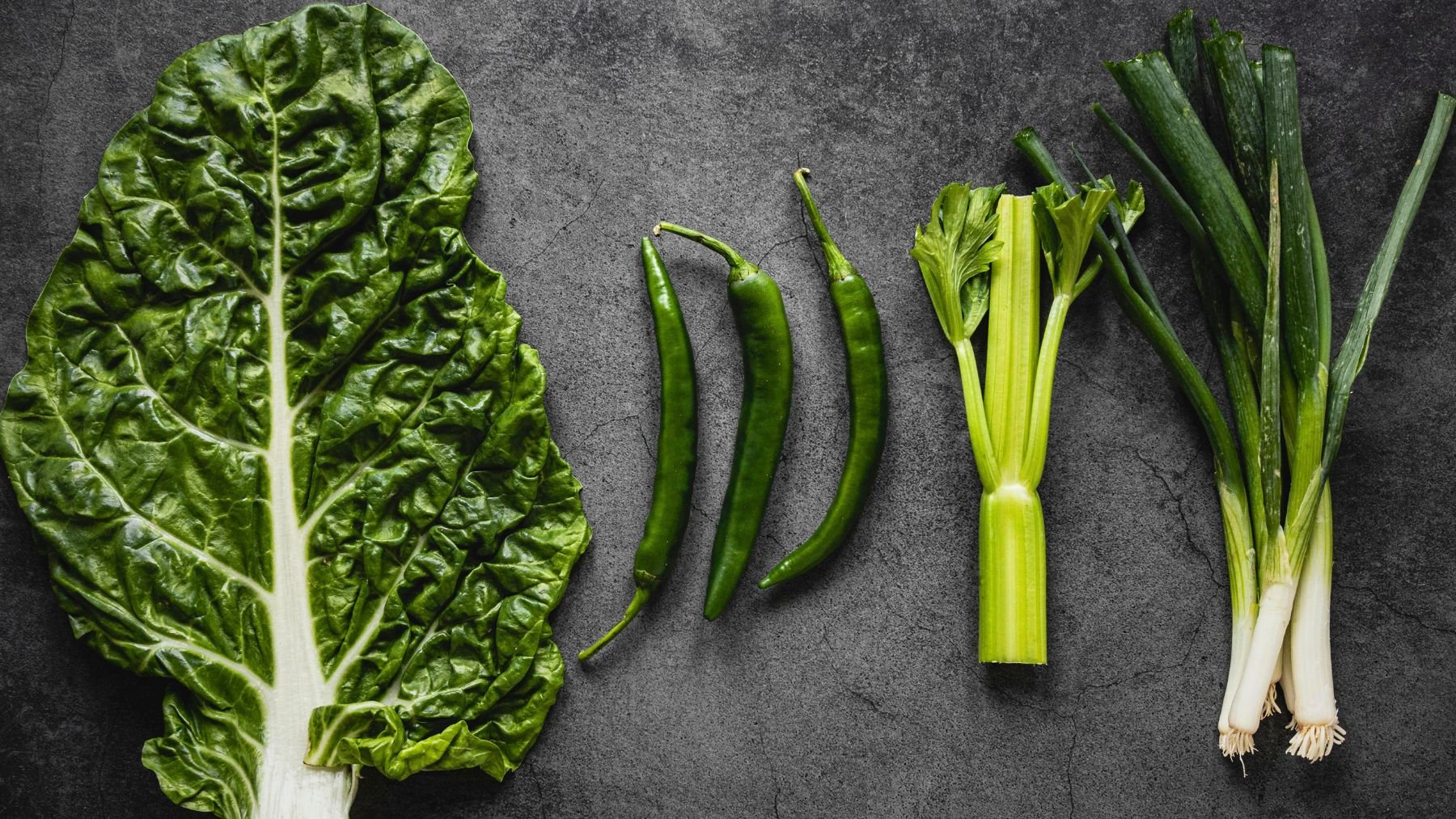If you’re trying to get more iron in your diet, the usual suspects come up fast: spinach, kale, maybe some red meat or chickpeas. But one of the best plant-based sources of iron rarely makes the list, even though it’s widely available and packed with other nutrients too.
We’re talking about collard greens. Besides being good for your bones and digestion, these leafy greens are quite rich in iron, especially when cooked. Here, we’ll break down their iron content, what other benefits they offer, and how you can easily add them to your everyday meals.
The overlooked power of collard greens
Collard greens may not have the trend appeal of kale, but nutritionally, they stand strong. Cooked collard greens provide around 2.2 to 2.5 mg of iron per cup. That’s more than most leafy greens, and better than many other vegetables commonly promoted as iron-rich.
They provide well over the daily value of vitamin K in just one serving, which supports healthy bones and blood clotting. You’ll also get solid amounts of vitamins A and C, fiber, calcium, and antioxidants. All of this comes with very few calories and almost no fat, making them an efficient, nutrient-dense option for almost any diet.
Like most plant sources, collard greens contain non-heme iron, which isn’t absorbed as easily as heme iron from meat. However, pairing them with foods high in vitamin C—like bell peppers, lemon juice, or tomatoes—can significantly boost absorption.
For those who follow vegetarian, vegan, or mostly plant-based diets, collard greens are a great addition to help maintain healthy iron levels. Even for those who eat meat, they’re a solid way to get more fiber and micronutrients without added calories or cholesterol.
Simple ways to eat more collard greens daily
If you’re not used to cooking collard greens, they can seem a bit intimidating, but they’re easier to work with than you might think. Here are some ideas:
- Add to soups and stews: Chop collard greens into bite-sized pieces and stir them into soups, bean stews, or lentil curries in the last 10 minutes of cooking.
- Swap for wraps: Use large, blanched collard leaves instead of tortillas for wraps. They’re sturdy and add a mild flavor.
- Mix into grain bowls: Sauté collard greens with garlic and olive oil, then layer them into rice, quinoa, or farro bowls with roasted vegetables and a protein.
- Toss into pasta: Add thin strips of collards to pasta dishes right before serving. They work especially well with tomato-based sauces.
- Sauté simply: Cook them down in a pan with onions, garlic, and a splash of vinegar or lemon juice. It’s an easy side for nearly any main dish.
- Blend into smoothies: If you’re already used to using spinach in smoothies, try collard greens for a change. Use just a small amount at first to get used to the flavor.
Collard greens are one of the most iron-dense leafy greens you can eat, and they deserve a regular spot in your meals. Whether you’re focused on boosting iron or just want more variety, they’re an easy, nutritious upgrade.

